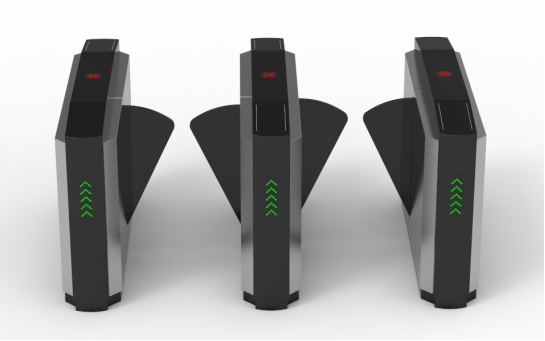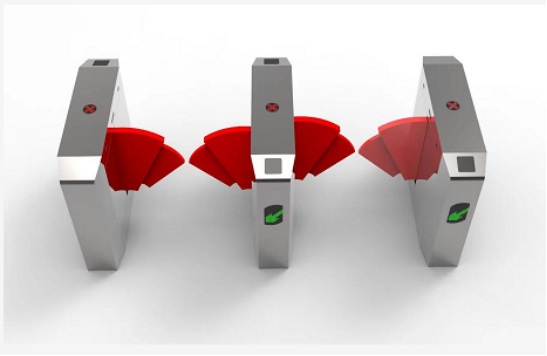Why Have Flap Turnstile Emerged as a Core Component in Modern Security Systems?
2025-08-29
Whether business travelers swiftly navigate security checkpoints at Frankfurt Airport, office workers easily enter their workplaces using facial recognition, or visitors to large venues navigate entrance gates in an orderly manner—behind these seemingly ordinary scenes lies a core device silently operating: The Flap Turnstile. From commercial building entrances to transportation hub security checkpoints, Flap turnstile, with their unique advantages, are becoming an indispensable component of modern security management systems.

The core value of the flap turnstile gate lies in balancing safety and efficiency. Compared to tripod turnstile gates, the Flap turnstile gatesuses precise infrared sensing and servo motor technology, reducing response time to less than 0.3 seconds. While ensuring single-passenger traffic, it can handle 30-40 people per minute, making it an ideal choice for high-density areas such as airports and subway stations. After Frankfurt Airport in Germany introduced the intelligent Flap turnstile gatessystem, passenger screening efficiency increased by 40% and the safety accident rate decreased by 27%.
Technological integration is driving the continuous upgrading of Flap turnstile gatesfunctions. Currently, mainstream flap turnstile have achieved deep integration of biometrics, replacing traditional access cards with facial recognition and fingerprint verification, effectively resolving security risks such as card loss and theft. At the Marina Bay Sands in Singapore, the flap turnstile gates system is linked to the guest room management system in real time. Guests only need to scan their face to complete identity verification and synchronize elevator floor permissions, without having to touch any equipment.
The application of IOT technology has transformed Flap turnstile from isolated devices into key nodes in security networks. Modern flap turnstile feature built-in sensors that monitor their operating status in real time, enabling remote diagnosis and maintenance via a cloud platform. A network of flap turnstile deployed in an office park in the City of London, UK, automatically alerts users of abnormalities and connects surrounding security equipment to form a protective system.
The concept of sustainable development has also profoundly influenced the design of flap turnstile. Newer generations of these products generally utilize low-consumption motors and recyclable materials, reducing standby power consumption by over 60% compared to traditional models. Some commercial complexes in Tokyo, Japan, even connect flap turnstile to energy management systems, automatically adjusting operating modes based on changes in foot traffic to achieve energy conservation and emission reduction goals.
With the continued growth in global demand for security products, the flap turnstile gates market is expanding rapidly. Industry research firms predict that by 2027, the global smart gate market will exceed $8 billion, with flap turnstile accounting for over 45%. This growth is reflected not only in volume but also in the acceleration of technological innovation—from AI-powered video analysis to contactless access technology, flap turnstile gates are becoming increasingly intelligent and user-friendly.

In a modern society where safety and efficiency are equally important, the role of flap turnstile has surpassed that of simple access control devices, becoming an important cornerstone of building a smart security ecosystem. Its widespread application not only improves the level of safety management in places, but also provides decision-making support for managers through data interconnection. This transformation is a vivid reflection of the security industry's development towards intelligence and refinement.




